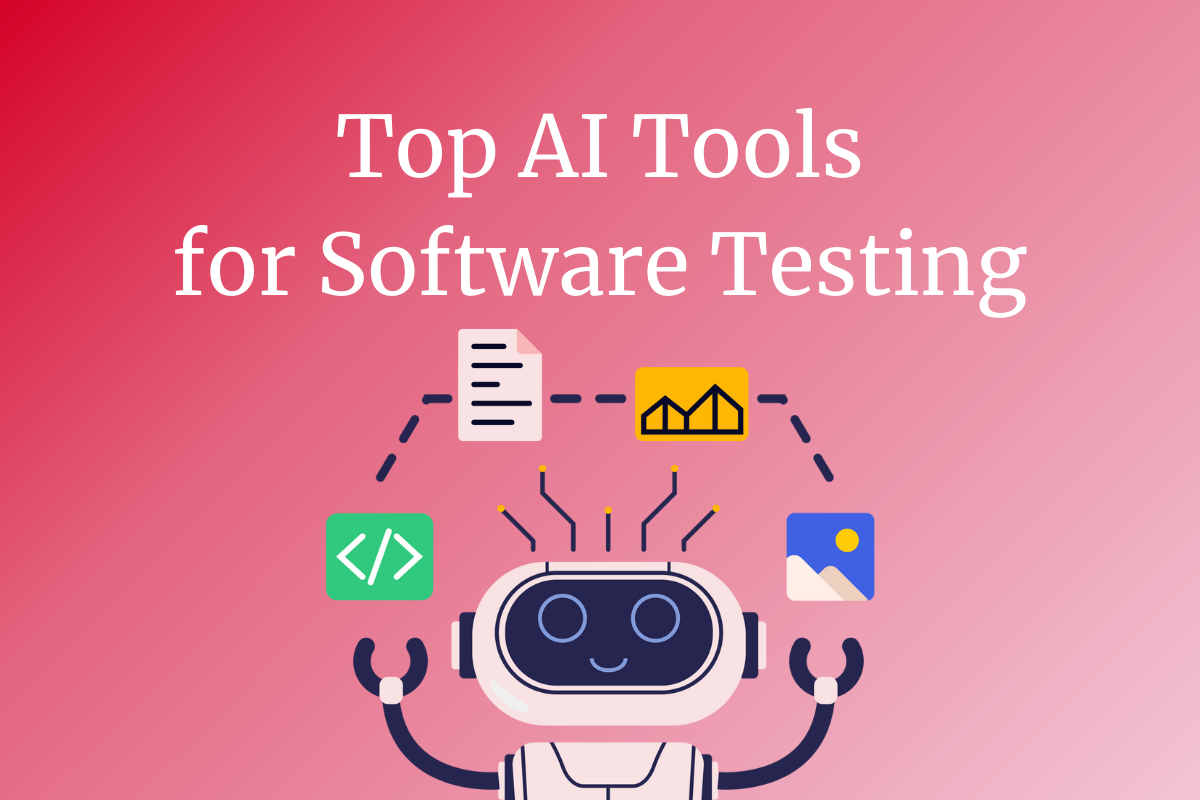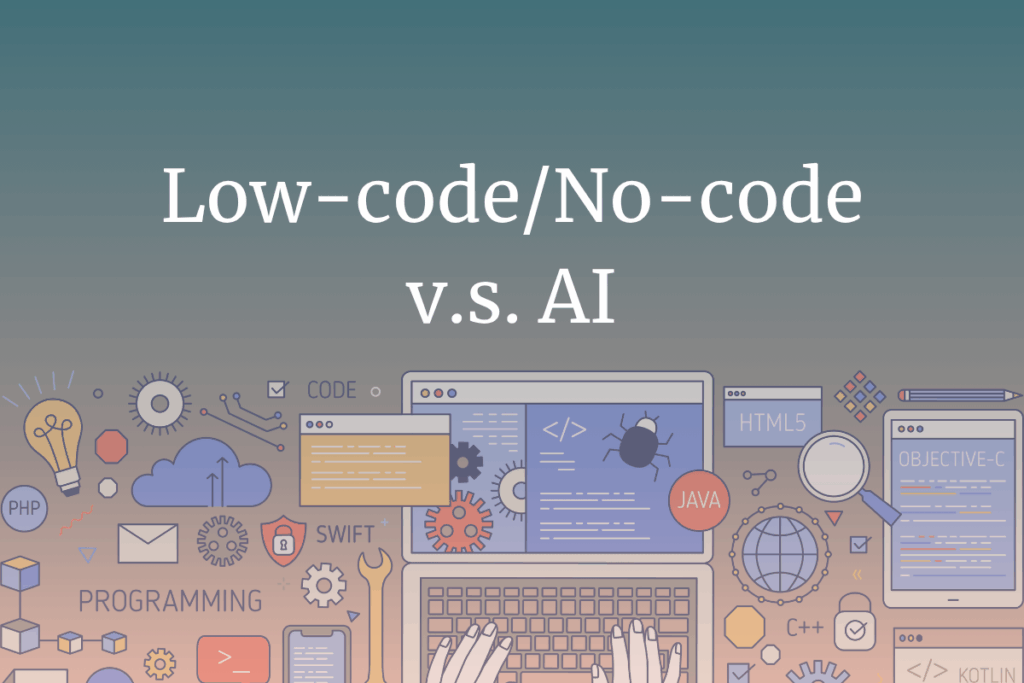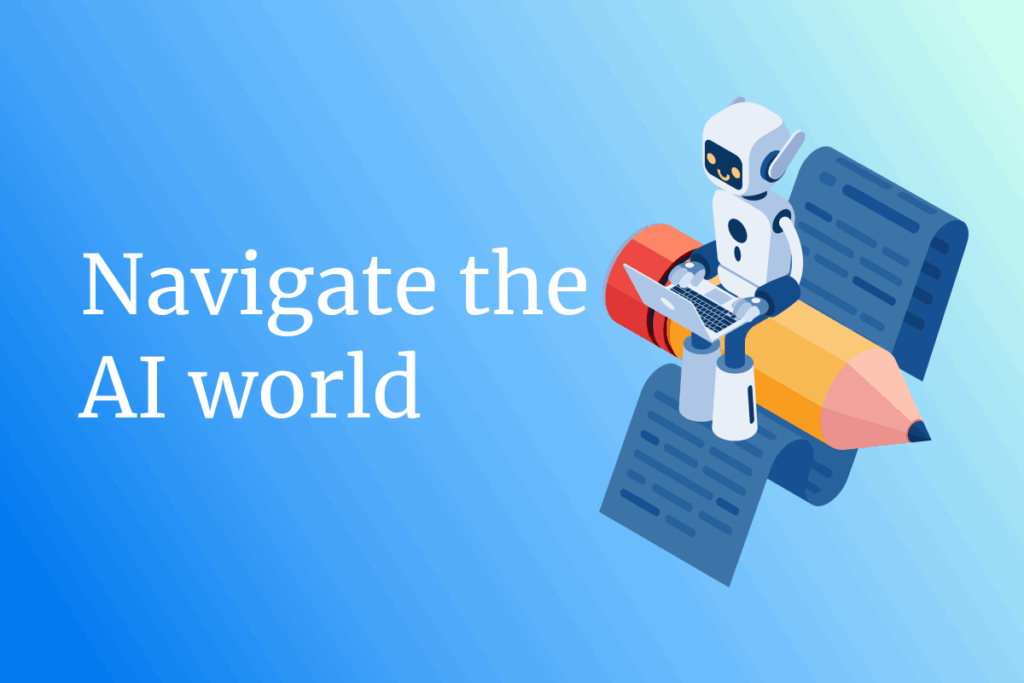The retail landscape is undergoing its most significant transformation since the shift to eCommerce. Consumer expectations are higher, competition is fiercer, and the sheer volume of data is overwhelming. Generative AI (GenAI) has moved beyond experimentation to become a critical driver of competitive advantage, reshaping how retailers engage customers, manage inventory, and optimize operations. In this new era, the retailers who thrive will be those who harness the power of Generative AI, not just as a tool, but as a core component of their operational DNA.
At SHIFT ASIA, we see GenAI as the engine for the next wave of retail transformation, moving beyond simple analytics to active creation and personalization. It’s augmenting human intelligence across three critical functions: Merchandising, Marketing, and Customer Service.
While many retailers recognize AI’s potential, the real question is: how do you move from awareness to implementation? This guide examines how generative AI is transforming three key retail functions and offers a roadmap for capturing value within your organization.
1. GenAi in Merchandising: From Gut Feel to Data-Driven Precision
Merchandising has traditionally relied on a combination of historical data, market intuition, and manual analysis. Generative AI is fundamentally changing this paradigm by enabling predictive, personalized, and adaptive approaches to product selection and inventory management.
Key Moments in GenAI-Powered Merchandising:
- Trend forecasting at scale: AI and Machine Learning can collect and analyze vast datasets, from social media, competitor assortments, search trends, and consumer reviews to predict emerging trends months in advance with accuracy.
- Automated assortment planning: AI generates optimal product mixes tailored to specific store locations, demographics, and seasonal patterns.
- Dynamic pricing optimization: Real-time price recommendations that balance inventory levels, competition, and demand elasticity
- Visual merchandising design: AI creates store layout concepts and product display recommendations based on customer flow patterns and conversion data
The Transformation: Before and After
| Before GenAI | After GenAI |
|
|
Pitfalls and Considerations:
The promise of AI-driven merchandising comes with important caveats. Over-reliance on historical data can perpetuate biases and miss disruptive trends that break from the past. Retailers must balance algorithmic recommendations with human creativity and market intuition, particularly for fashion-forward categories where innovation trumps optimization.
Data quality remains paramount. Inaccurate inventory data, incomplete customer profiles, or siloed information systems will undermine even the most sophisticated AI models. Additionally, retailers must carefully manage the cultural shift as merchandisers evolve from decision-makers to AI collaborators, requiring new skills in prompt engineering, data interpretation, and strategic oversight.
2. GenAI in Retail Marketing: Personalization at Unprecedented Scale
Marketing has evolved from broadcast campaigns to targeted segments, but generative AI enables true one-to-one personalization across millions of customers simultaneously. This shift is redefining how retailers acquire, engage, and retain customers.
Key Moments in GenAI-Powered Marketing:
- Hyper-personalized content creation: AI generates unique ad copy, email content, and product recommendations for individual customer profiles
- Visual asset generation: Create campaign imagery, social media content, and product photography variations without expensive photoshoots
- Customer journey optimization: AI maps and optimizes every touchpoint, identifying friction points and opportunity moments
- Predictive campaign performance: Model campaign outcomes before launch, optimizing budget allocation across channels
- Conversational commerce: AI-powered chatbots that engage customers with natural, context-aware conversations
The Transformation: Before and After
| Before GenAi | After GenAI |
|
|
Pitfalls and Considerations:
The power of personalization brings privacy concerns and regulatory compliance challenges. Retailers must navigate GDPR, CCPA, and evolving data protection laws while maintaining customer trust. Transparency about AI usage and data practices is no longer optional —it’s a competitive differentiator.
Brand consistency becomes more challenging as content generation scales. Without proper guardrails, AI can produce messaging that strays from brand voice or, worse, generate inappropriate or offensive content. Robust review processes and well-defined brand parameters are essential safeguards.
There’s also the risk of creating “filter bubbles” where customers only see products and messages that reinforce existing preferences, limiting discovery and reducing the serendipity that drives impulse purchases. Smart retailers use AI to both personalize and surprise, maintaining a balance between relevance and discovery.
3. GenAI in Customer Service: Elevating Experience Through Intelligent Automation
Customer service has long been a cost center struggling to balance efficiency with quality. Generative AI is transforming this equation, enabling retailers to provide superior service at scale while reducing costs and empowering human agents to handle more complex, high-value interactions.
Key Moments in GenAI-Powered Customer Service:
- Intelligent virtual assistants: AI handles complex, multi-turn conversations that previously required human agents
- Real-time agent assistance: AI suggests responses, provides product information, and offers solutions while agents interact with customers
- Automated returns and issue resolution: AI processes returns, tracks packages, and resolves common issues without human intervention
- Sentiment-aware responses: AI detects customer emotion and adjusts tone and approach accordingly
- Multilingual support at scale: Instant translation and culturally appropriate responses across languages and regions
The Transformation: Before and After
| Before GenAI | After GenAI |
|
|
Pitfalls and Considerations:
The most significant risk in AI-powered customer service is creating experiences that feel robotic or fail to recognize when human intervention is required. Customers quickly become frustrated when AI fails to understand the context or escalate issues appropriately. Designing seamless handoffs between AI and human agents is critical.
Hallucinations — when AI confidently provides incorrect information, it poses serious reputation risks. Retailers must implement rigorous verification processes, particularly for policy-related questions, product specifications, and financial matters. AI should acknowledge uncertainty rather than fabricate answers.
There’s also a workforce dimension to consider. While AI reduces the need for large customer service teams to handle routine inquiries, retailers must invest in reskilling programs that help agents evolve into customer experience specialists, capable of handling complex situations that require emotional intelligence, creative problem-solving, and relationship-building skills.
Making the Most of the GenAI Opportunity in Retail
Success with generative AI requires more than deploying technology — it demands a strategic approach that aligns AI initiatives with business objectives while managing organizational change.
Start with High-Impact, Low-Risk Use Cases
Rather than attempting enterprise-wide transformation, begin with pilot projects that deliver measurable value quickly. Product description generation, customer service chatbots for FAQs, and email personalization are excellent starting points that provide fast ROI while building organizational capability and confidence.
Build the Right Data Foundation
GenAI is only as good as the data it learns from. Invest in data quality, integration, and governance before scaling AI initiatives. This includes cleaning customer data, integrating siloed systems, and establishing clear data ownership and stewardship practices across the organization.
Develop AI Literacy Across Your Organization
Successful AI adoption requires more than technical expertise in your IT department. Marketing teams need to understand how to craft effective prompts, merchandisers must learn to interpret AI recommendations critically, and customer service leaders should know when AI is appropriate and when a human touch is essential.
Establish Ethical Guidelines and Governance
Create clear policies around AI usage, data privacy, bias mitigation, and customer transparency. Establish review processes for AI-generated content and decision-making, particularly in sensitive areas like pricing, hiring, and customer communication.
Prioritize Security and Data Protection
Security must be foundational, not an afterthought. Implement robust access controls, encrypt data at rest and in transit, and carefully evaluate where data is processed (on-premises, private cloud, or public cloud).
Be particularly vigilant about data leakage through AI models when employees input sensitive information into public AI tools, as that data may be used for model training or exposed to unauthorized parties. Establish clear policies regarding approved AI tools, create secure enterprise AI environments, and educate teams about the risks associated with shadow AI usage.
For retailers operating across multiple jurisdictions, ensure that your GenAI implementation complies with region-specific requirements, such as the GDPR in Europe, the PDPA in Southeast Asia, and various state privacy laws in the US. Data residency requirements may dictate where customer data can be processed and stored.
Measure What Matters
Define success metrics before implementation. Are you optimizing for cost reduction, revenue growth, customer satisfaction, or operational efficiency? Different use cases require different measurement approaches, ranging from conversion rate improvements to changes in Net Promoter Score and agent productivity gains.
Partner with Experienced Implementers
The GenAI landscape evolves rapidly, with new models, tools, and best practices emerging constantly. Working with experienced partners who understand both the technology and retail domains can accelerate your journey while avoiding costly missteps.
At SHIFT ASIA, we bring deep retail expertise combined with hands-on experience implementing GenAI solutions across merchandising, marketing, and customer service functions. We help retailers navigate the complex landscape of AI vendors, build robust data foundations, and design implementation roadmaps that balance quick wins with long-term strategic value. Our approach prioritizes practical results over technological hype, ensuring that your AI investments deliver measurable business outcomes while effectively managing security, compliance, and organizational change.
Assert Use Cases: Where to Apply GenAI in Your Retail Business
The breadth of GenAI applications in retail can be overwhelming. The key is to identify use cases that align with your strategic priorities and organizational maturity. Some retailers prioritize customer-facing innovations to drive revenue growth, while others focus on operational efficiency to reduce costs. The most successful implementations often start with quick wins that build momentum and organizational buy-in before tackling more complex transformations.
When evaluating use cases, consider three critical factors: the quality and availability of the required data, the potential business impact, and the organizational readiness to adopt the change. A use case with enormous potential but poor data or low adoption will deliver disappointing results. Conversely, a modest use case with clean data and enthusiastic users can generate outsized returns and create momentum for broader initiatives.
To help you identify opportunities in your organization, here are concrete use cases across retail functions:
| Merchandising & Planning | Marketing & Growth | Customer Service & Experience |
|
|
|
The Path Forward
Generative AI represents more than incremental improvement — it’s a fundamental reimagining of how retail businesses operate. The retailers who thrive in this new era won’t be those who adopt AI first, but those who integrate it most thoughtfully into their business strategy, culture, and customer experience.
The question isn’t whether generative AI will transform retail — it’s already happening. The question is whether your organization will lead this transformation or be disrupted by it.
Ready to explore how generative AI can transform your retail operations?
Contact SHIFT ASIA to discuss your specific challenges and opportunities. Our team brings deep retail expertise and proven AI implementation experience to help you capture value quickly while building a sustainable competitive advantage.
ContactContact
Stay in touch with Us




